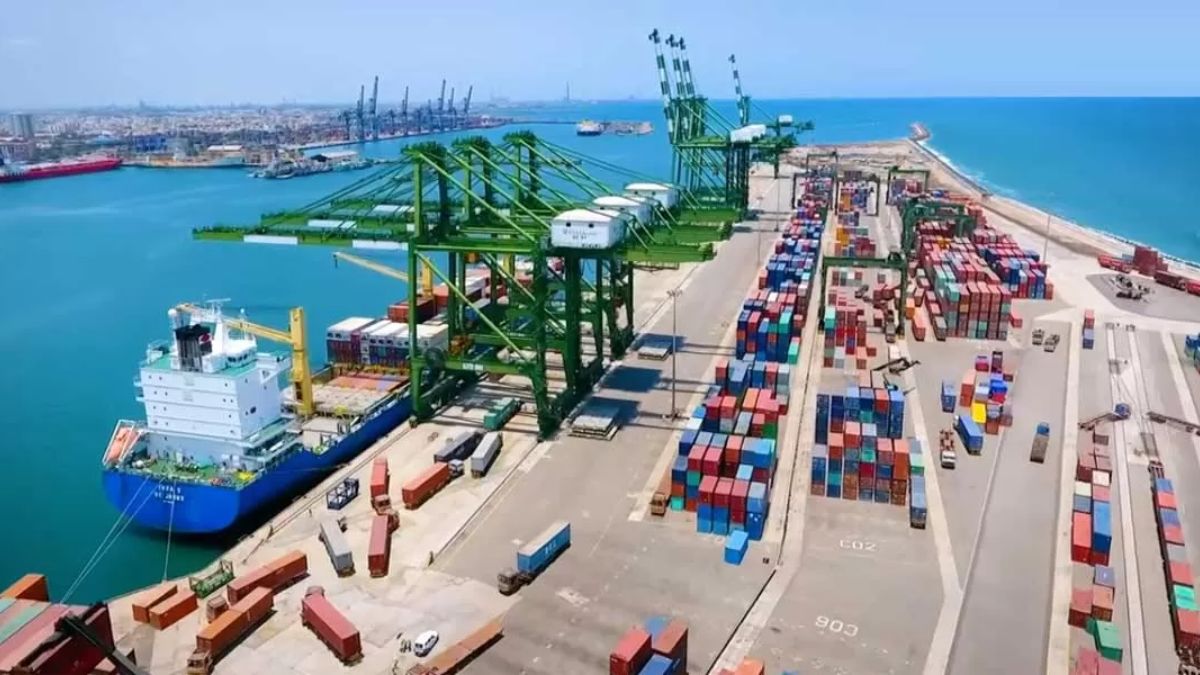 Image Credits : Construction World
Image Credits : Construction World
The Rural Electrification Corporation (REC) has announced plans to finance the development of Vadhavan Port in Maharashtra, marking a significant step forward for one of India’s most ambitious infrastructure projects. The Vadhavan Port is expected to become one of the largest ports in the country, enhancing India’s maritime capabilities and boosting economic growth.
The Vadhavan Port project, located in Dahanu, is designed to alleviate congestion at Mumbai’s Jawaharlal Nehru Port (JNPT) and cater to the growing demand for port infrastructure on the western coast. The port is envisioned as a deep-draft facility capable of handling large container vessels, which will strengthen India’s position in global maritime trade.
REC’s decision to fund the port development comes as part of the company’s broader diversification strategy, where it is increasingly extending its financial support to non-energy infrastructure projects. Traditionally focused on electrification and renewable energy, REC’s foray into port financing highlights the growing recognition of infrastructure development as a critical driver of India’s economic progress.
The funding from REC will be directed towards various phases of the port’s construction, including land acquisition, dredging, and the development of terminal facilities. The project is being executed by a joint venture between JNPT and the Maharashtra Maritime Board, with additional participation from private sector entities.
The development of Vadhavan Port is expected to have a transformative impact on the regional economy, generating employment opportunities and attracting investments in associated industries. The port will also play a crucial role in reducing logistics costs and improving the efficiency of cargo movement, thereby enhancing the competitiveness of Indian exports.
As REC steps up its involvement in infrastructure projects beyond its traditional mandate, its support for Vadhavan Port reflects the broader shift towards integrated development strategies that align with the government’s vision of creating world-class maritime infrastructure.
